Stone edging not only defines and enhances garden beds but also prevents soil erosion, contains mulch, and adds architectural interest to outdoor spaces. From rustic collections of river rocks to sleek modern stone walls, there’s a wide array of stone edging techniques to suit every garden style and budget. Whether you prefer the natural, timeless appearance of fieldstone or the refined elegance of bluestone pavers, these ideas will inspire you to create a distinct border that elevates your landscape’s aesthetic and functionality.
1. River Rock Border
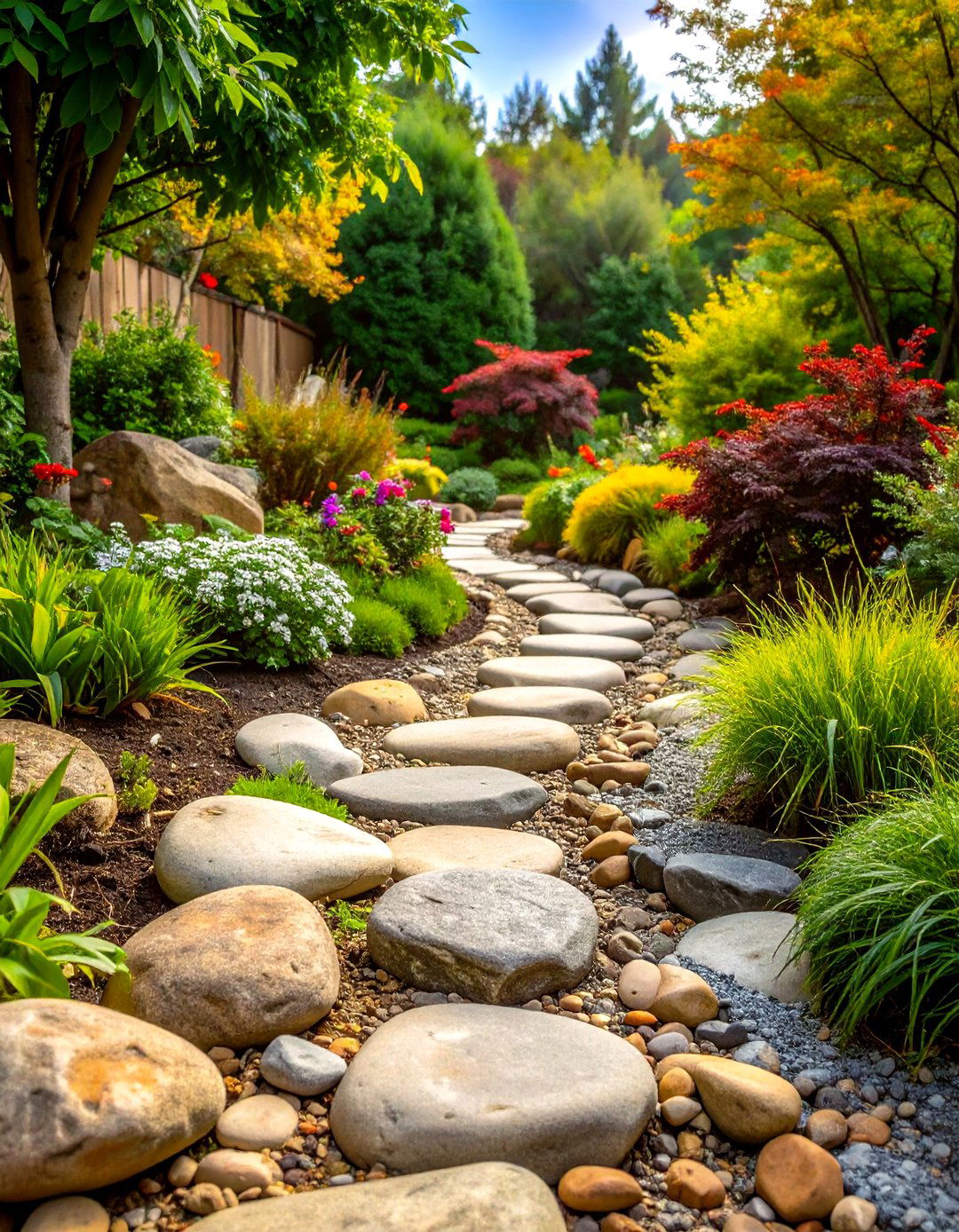
Using smooth river rocks for edging creates an organic, flowing boundary that blends seamlessly with plants and pathways. Typically collected from streams or purchased in bulk, these rounded stones vary in size and color, offering a naturally diverse look. Arranged in a single row or double-stacked for added height, river rock borders require minimal maintenance and facilitate excellent drainage along garden beds.
2. Flagstone Edging
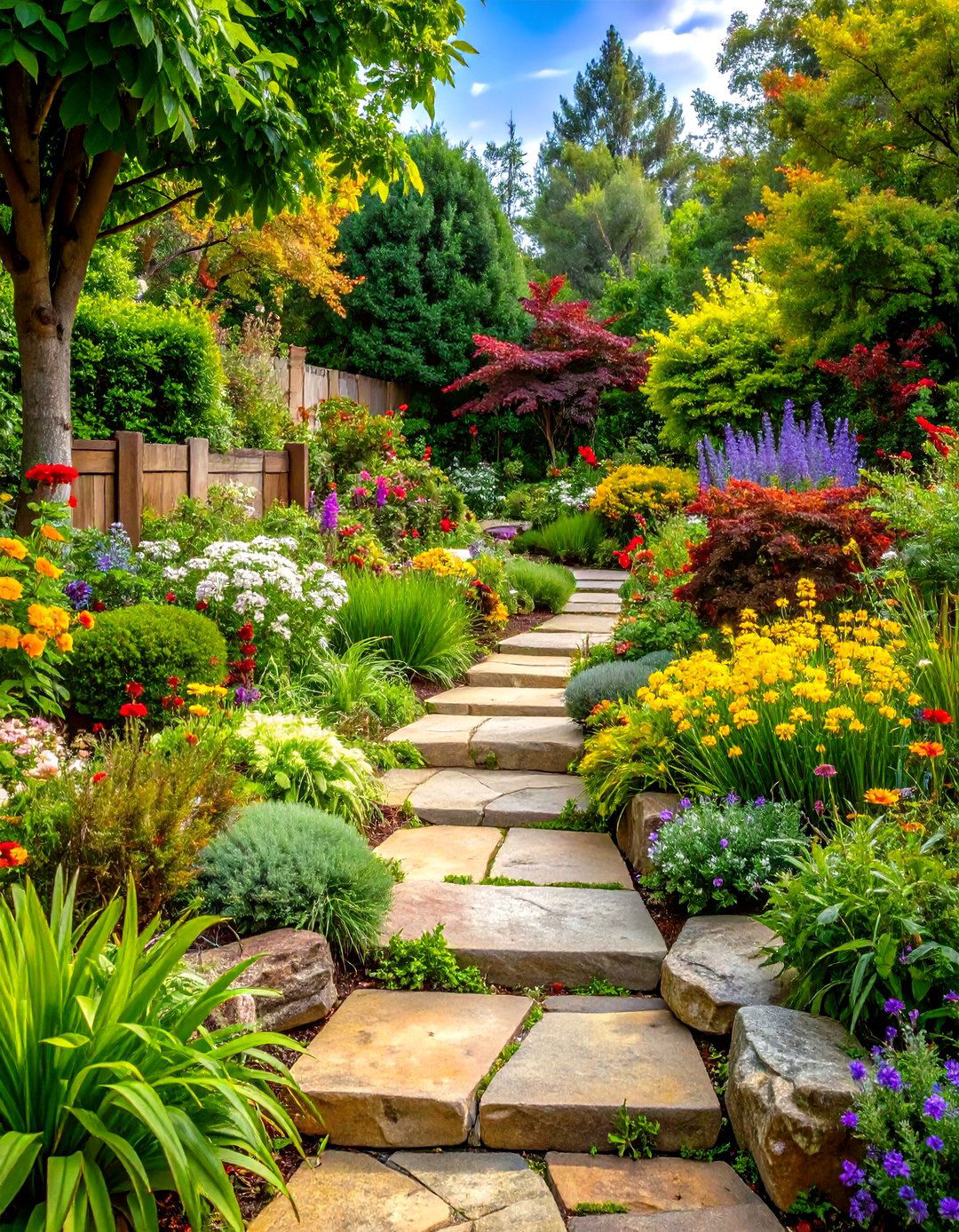
Flagstone slabs—flat, irregularly shaped stones—offer a rustic yet sophisticated edge when placed upright along garden beds. Their natural cleft surfaces and earthy hues integrate beautifully with perennials and succulents. Installation involves embedding the slabs halfway into the soil, ensuring stability while leaving the upper portion exposed to showcase the stone’s texture and color variation.
3. Cobblestone Path Edging
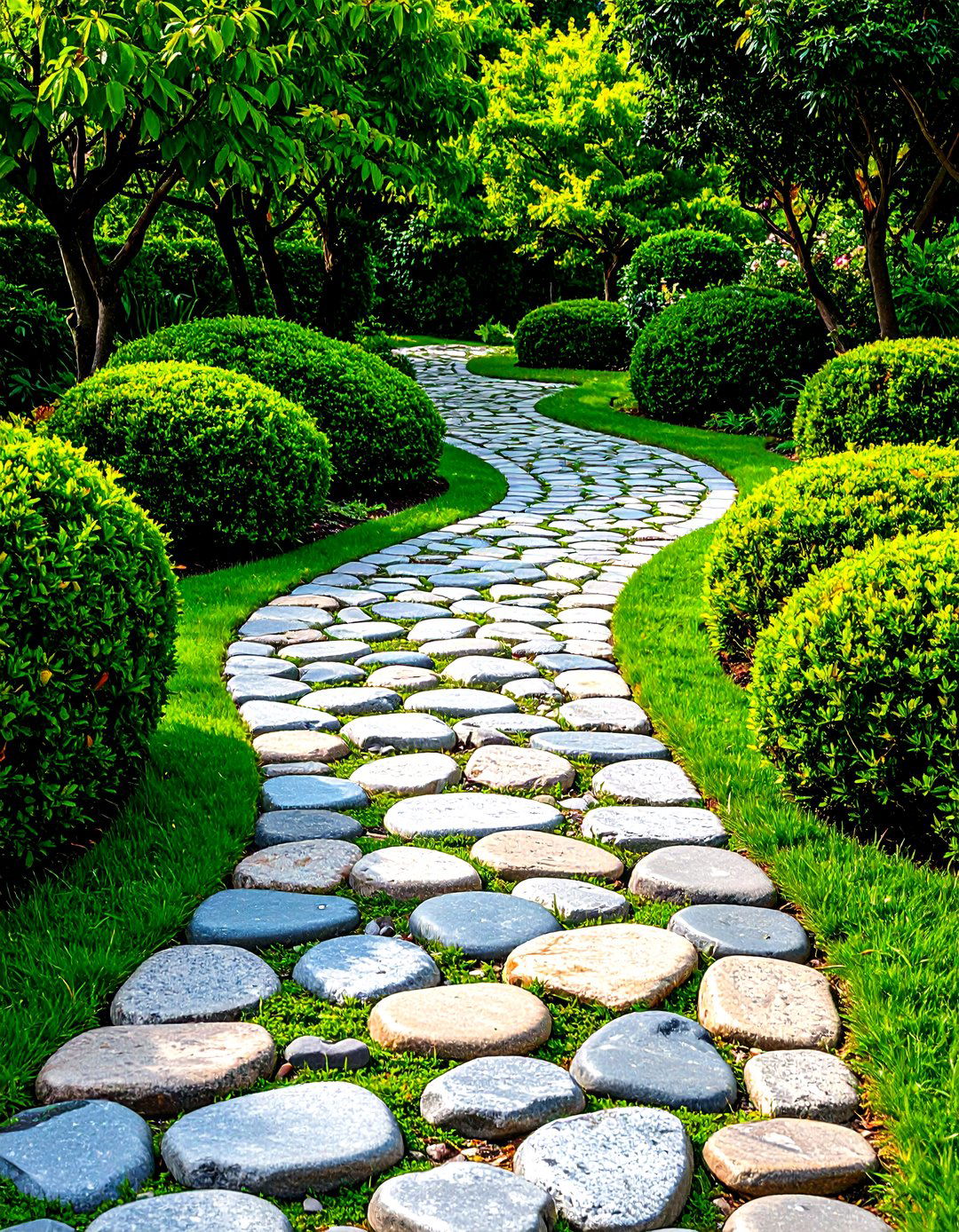
Cobblestones provide a classic European charm when used as edging alongside walkways. These small, rounded stones—often granite or basalt—are set in sand or mortar to form a durable, curved border. Cobblestone edging withstands foot traffic and machinery, making it ideal for high-use areas while maintaining a historic, timeless appeal.
4. Stacked Stone Edging
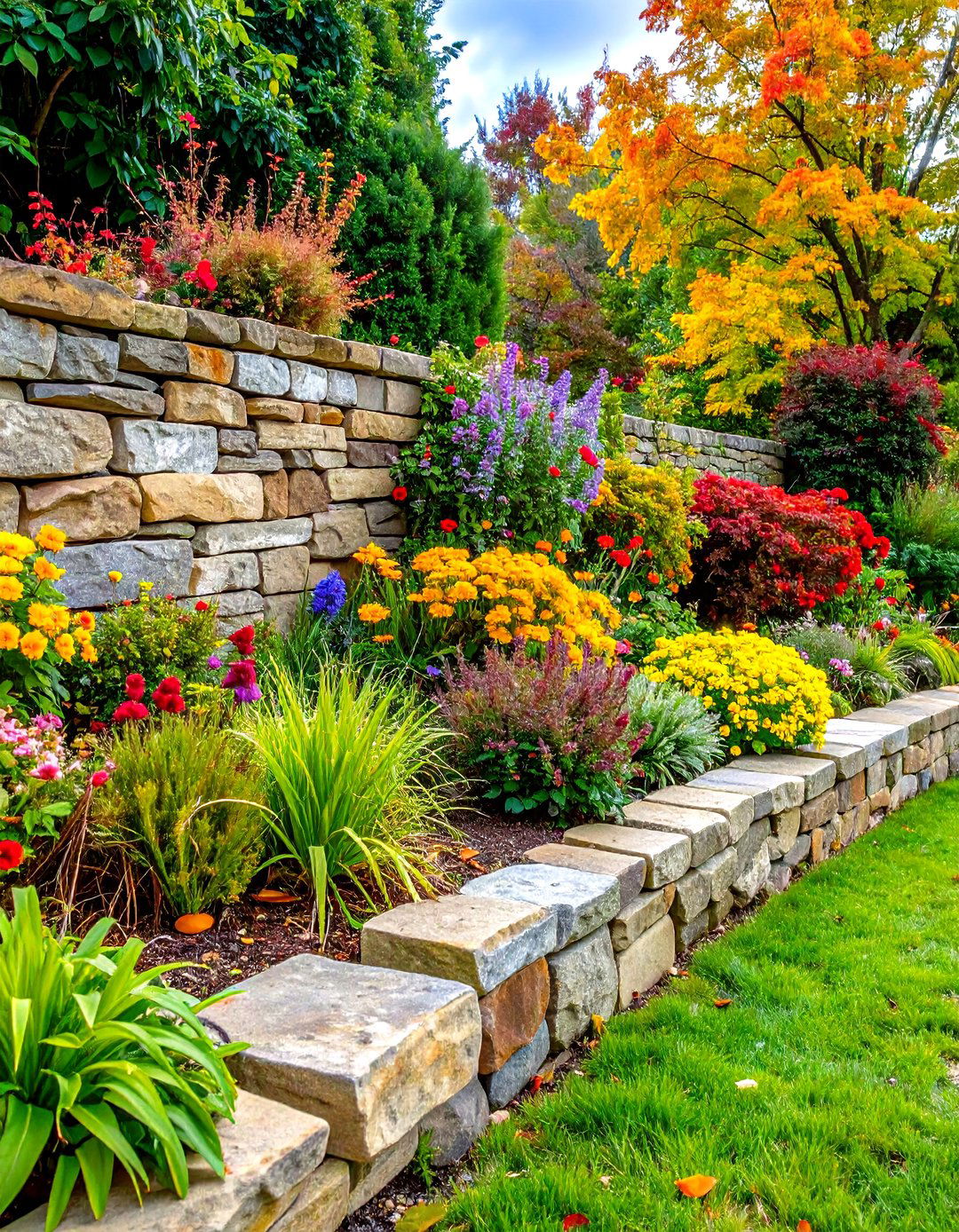
Dry-stacked stone walls, constructed without mortar, create a low-profile border that appears both sturdy and natural. Typically built from flat, rectangular stones, these walls can range from a few inches to a foot in height. Their tight interlocking pattern holds soil and mulch in place, and the small voids between stones provide habitats for beneficial insects and groundcover plants.
5. Fieldstone Border
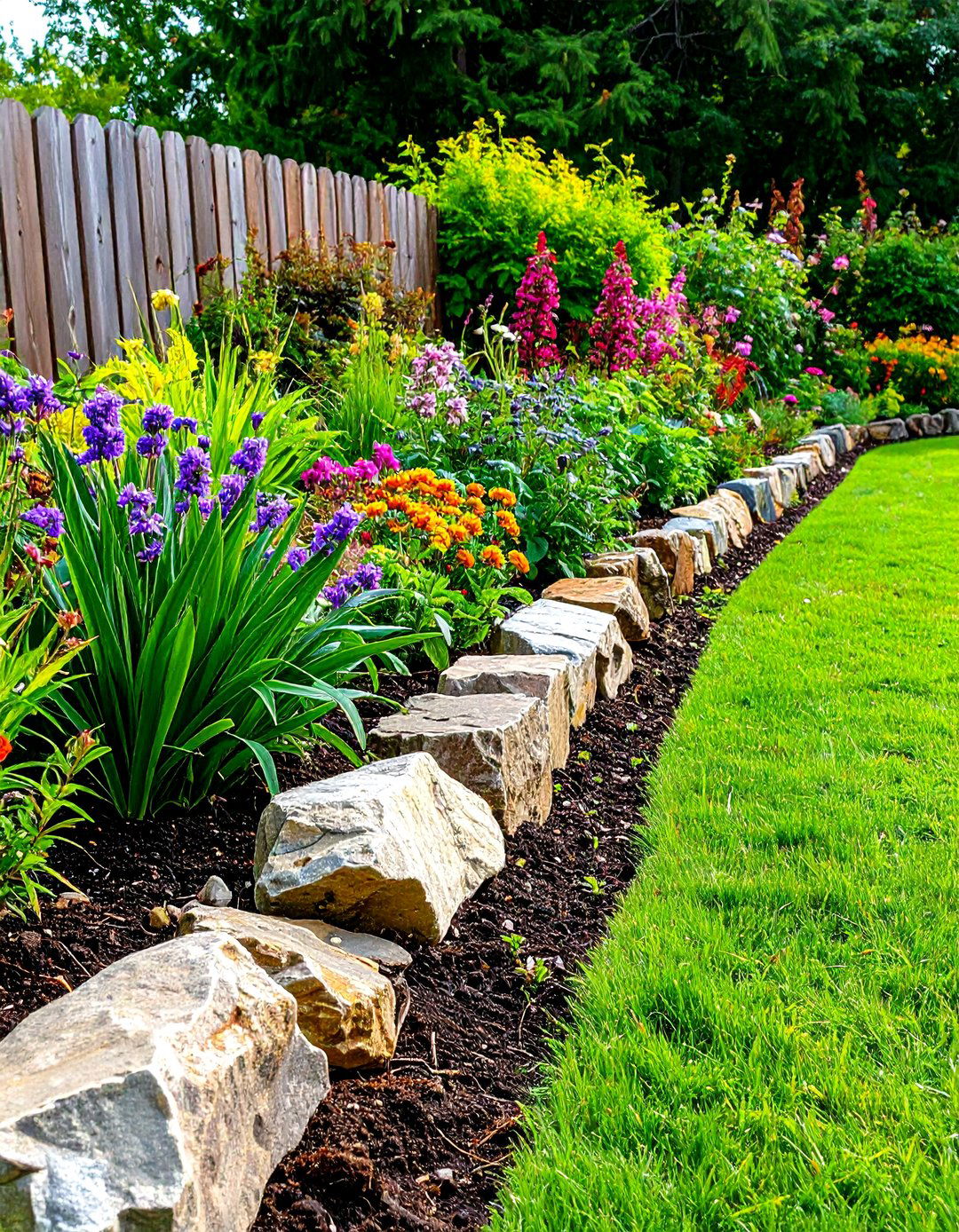
Fieldstone edging uses irregular, naturally weathered stones gathered from fields or quarries. These heftier stones are partially buried in the soil to anchor them, leaving their uneven tops exposed for a rustic, countryside look. Fieldstone borders excel at containing mulch and soil, and their organic shapes enhance cottage or woodland garden designs.
6. Bluestone Pavers

Bluestone, a dense sandstone quarried in the northeastern United States, offers a sleek and refined edging option. Cut into rectangular pavers, bluestone’s subtle blue-gray tones complement bright blooms and dark mulch alike. These pavers are laid flush with the ground to create a clean, level border that doubles as a narrow pathway edge, blending form and function.
7. Granite Block Edging
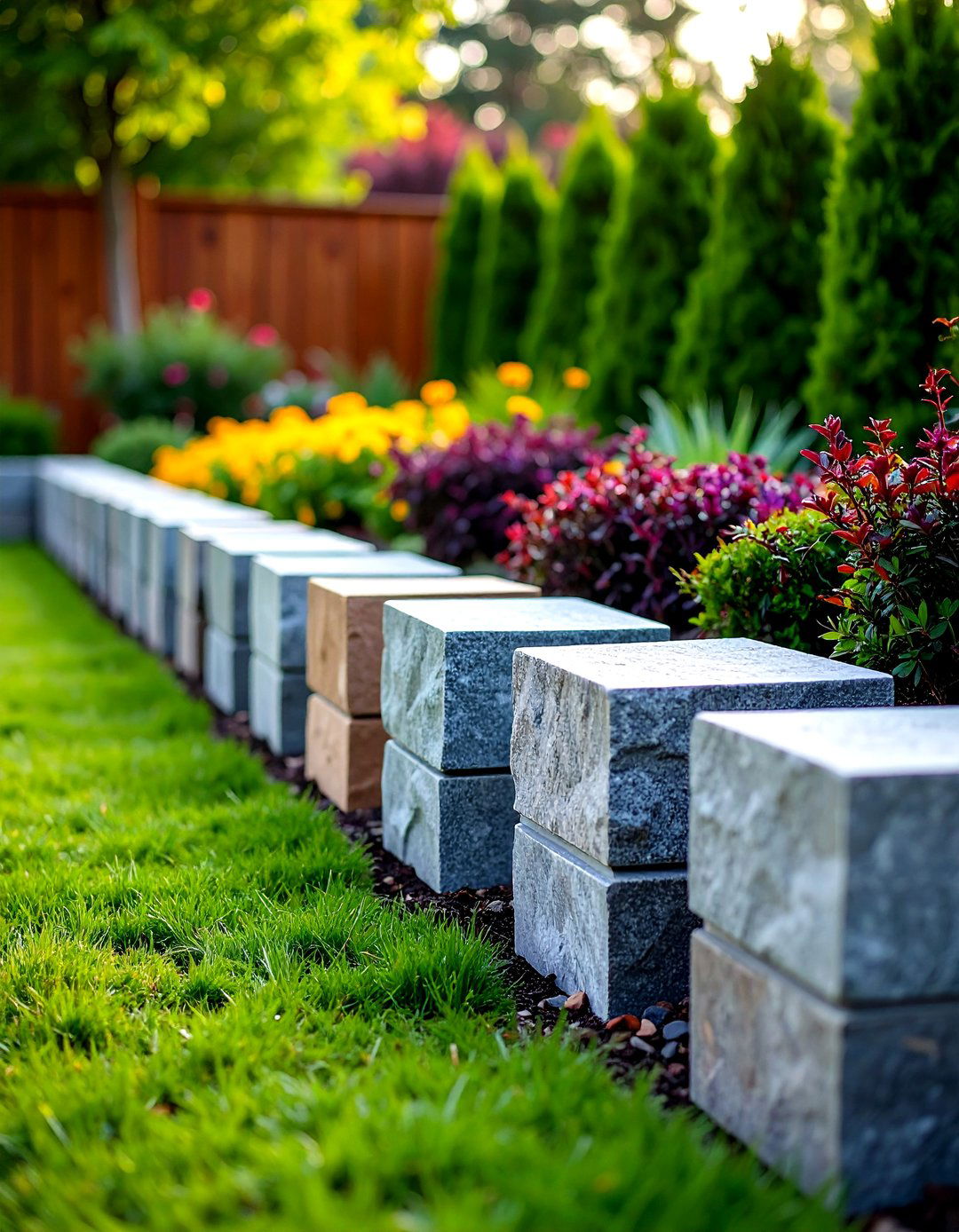
Precision-cut granite blocks deliver a polished, modern edge that resists cracks and chips. Their uniform size and smooth faces allow for straight or gently curved installations, creating a sharp, defined line between lawn and planting beds. Granite’s natural durability and color choices—from light gray to pinkish hues—ensure a long-lasting, visually striking border.
8. Limestone Caps
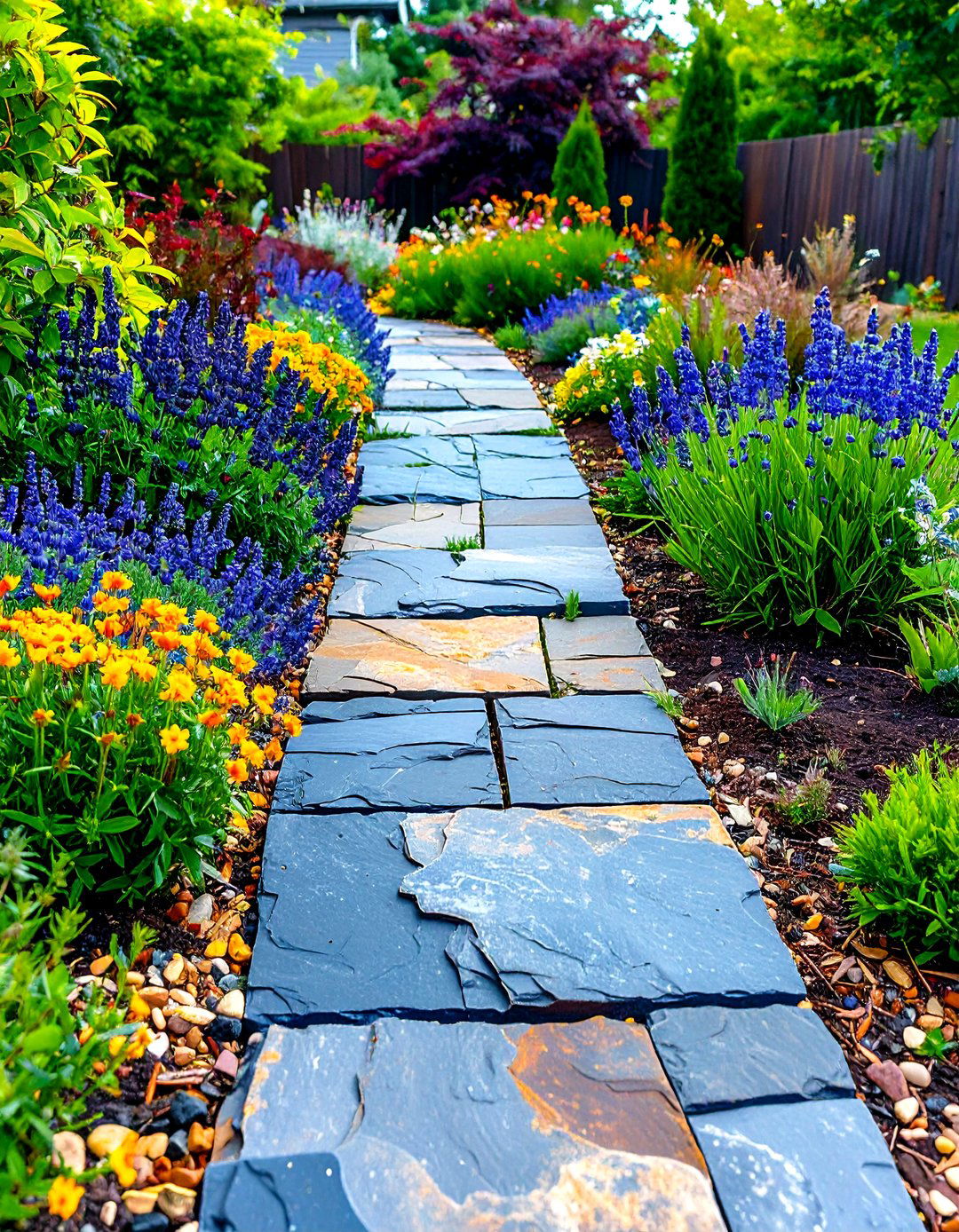
Limestone pieces with flat surfaces and consistent thickness make excellent caps for pedestal-style edging walls. When placed atop low concrete or stacked stone bases, they provide a refined, upscale finish. Limestone’s pale cream to buff tones contrast beautifully with dark soil and greenery, elevating formal garden designs.
9. Slate Tile Edging
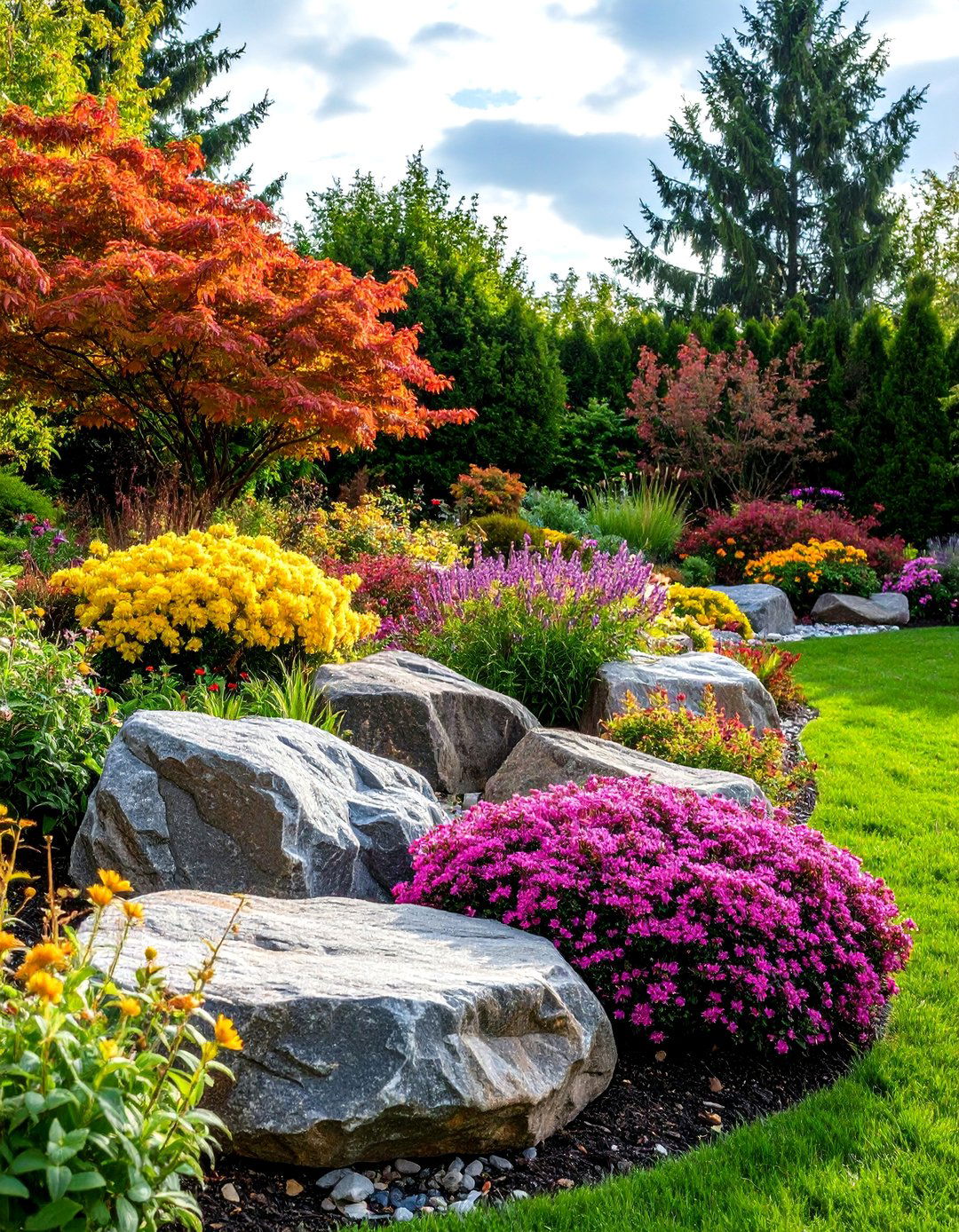
Thin slate tiles, known for their rich slate gray and blue-black shades, can be set vertically or horizontally to edge beds. Their cleavage planes create natural clefts, offering a textured, layered appearance. Slate edging laid flush with soil provides a crisp border that resists weathering and complements modern landscape themes.
10. Boulder Accents
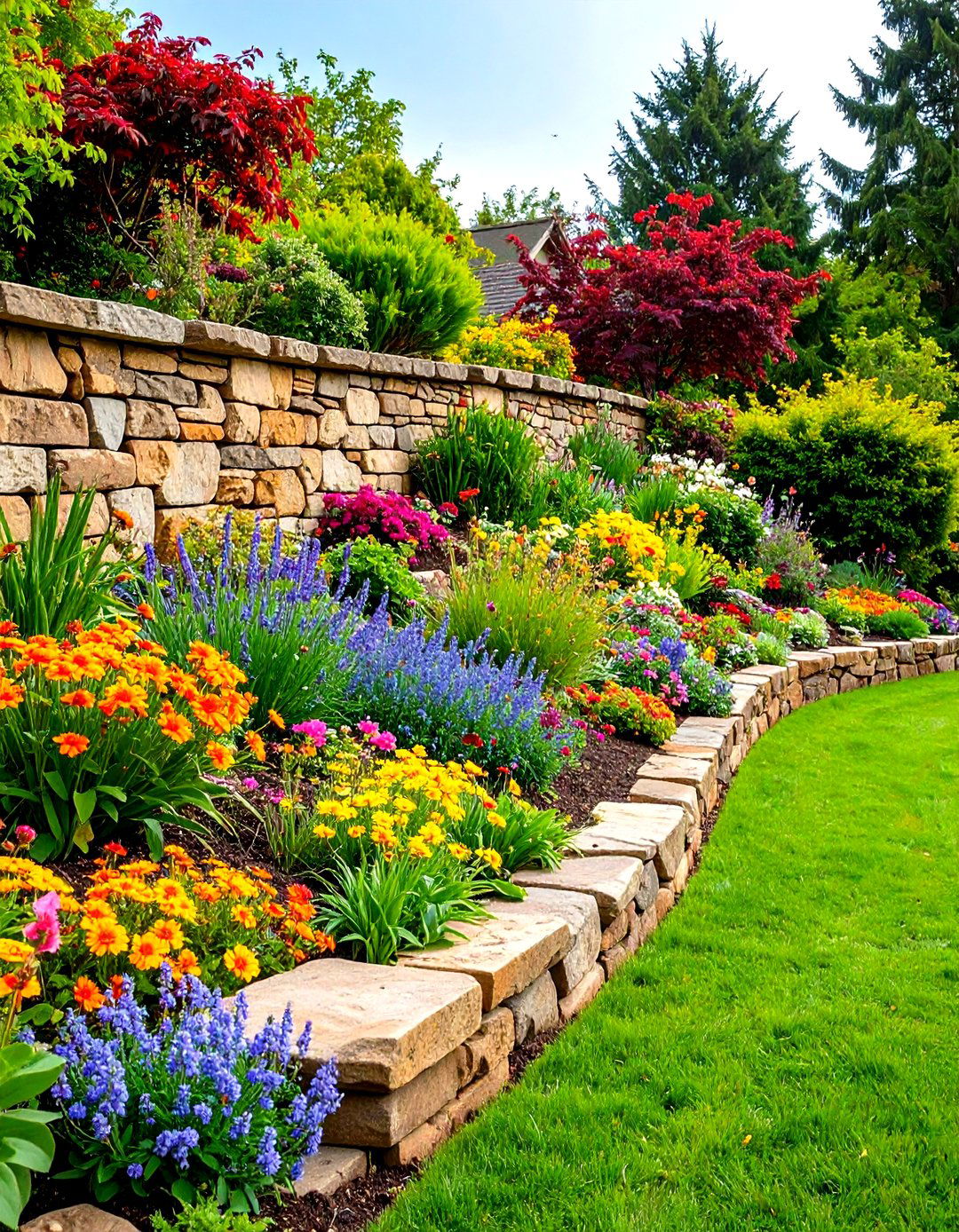
Oversized boulders placed intermittently along borders add dramatic focal points. These natural stones—sourced locally for authenticity—anchor planting areas and break up linear edges. Boulders can be partially buried to appear as if emerging from the earth, lending a rugged, naturalistic ambience to rock gardens or xeriscapes.
11. Dry-Stacked Stone Wall
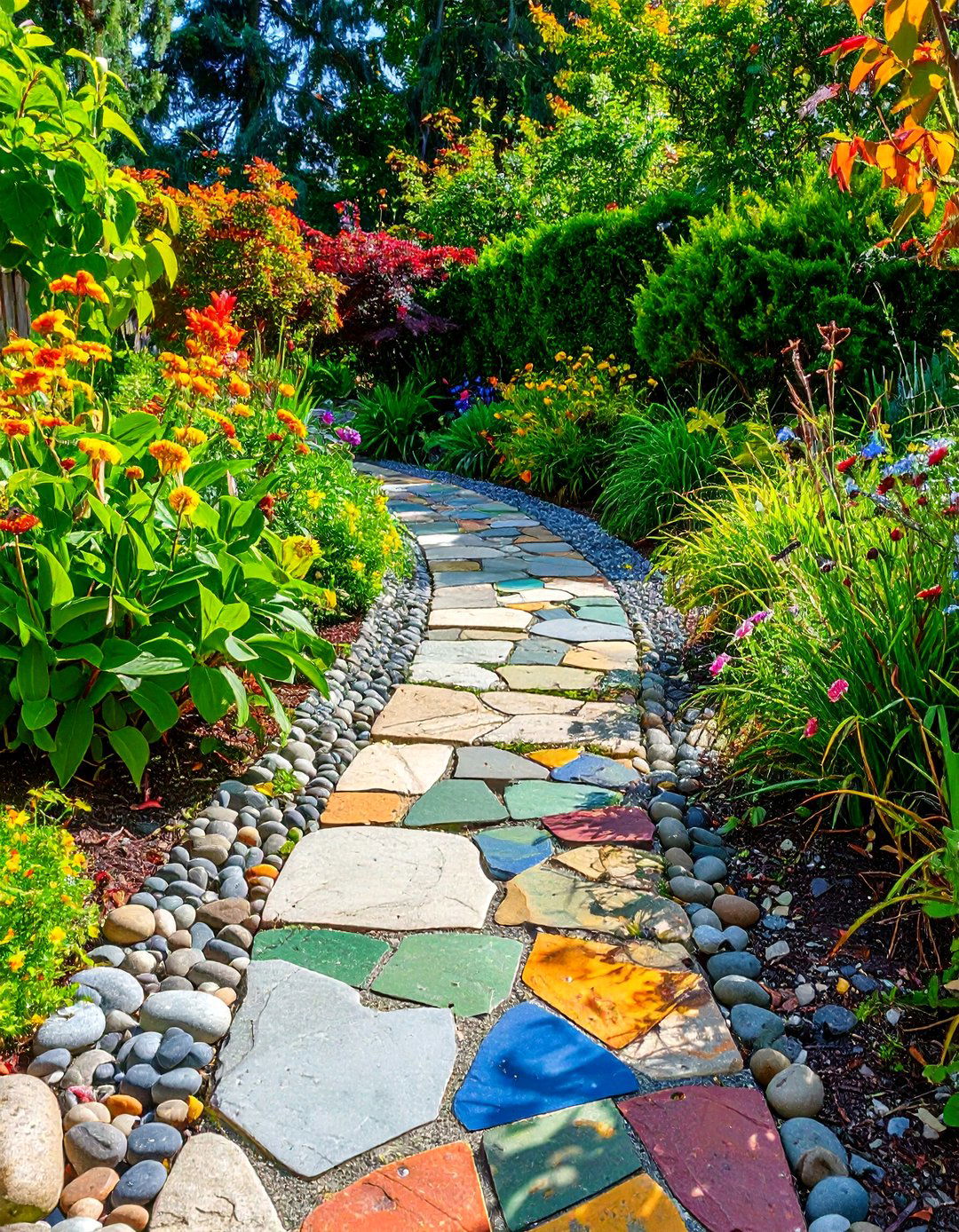
A variation on stacked stone, lower dry-stacked walls (6–12 inches) create a sturdy edge while blending seamlessly into sloped gardens. Careful selection and fitting of flat stones ensure stability without mortar. These walls excel at terracing small grade changes and delineating garden rooms, adding textural interest to the landscape.
12. Pebble Mosaic Edge

Fine pebbles—under one inch in diameter—can be arranged in mosaic patterns to create artistic borders. Embedded in concrete or mortar, colorful pebbles form geometric or flowing designs that contrast dramatically with plantings. This technique suits small gardens and path edges where intricate detail can be appreciated up close.
13. Sandstone Slabs
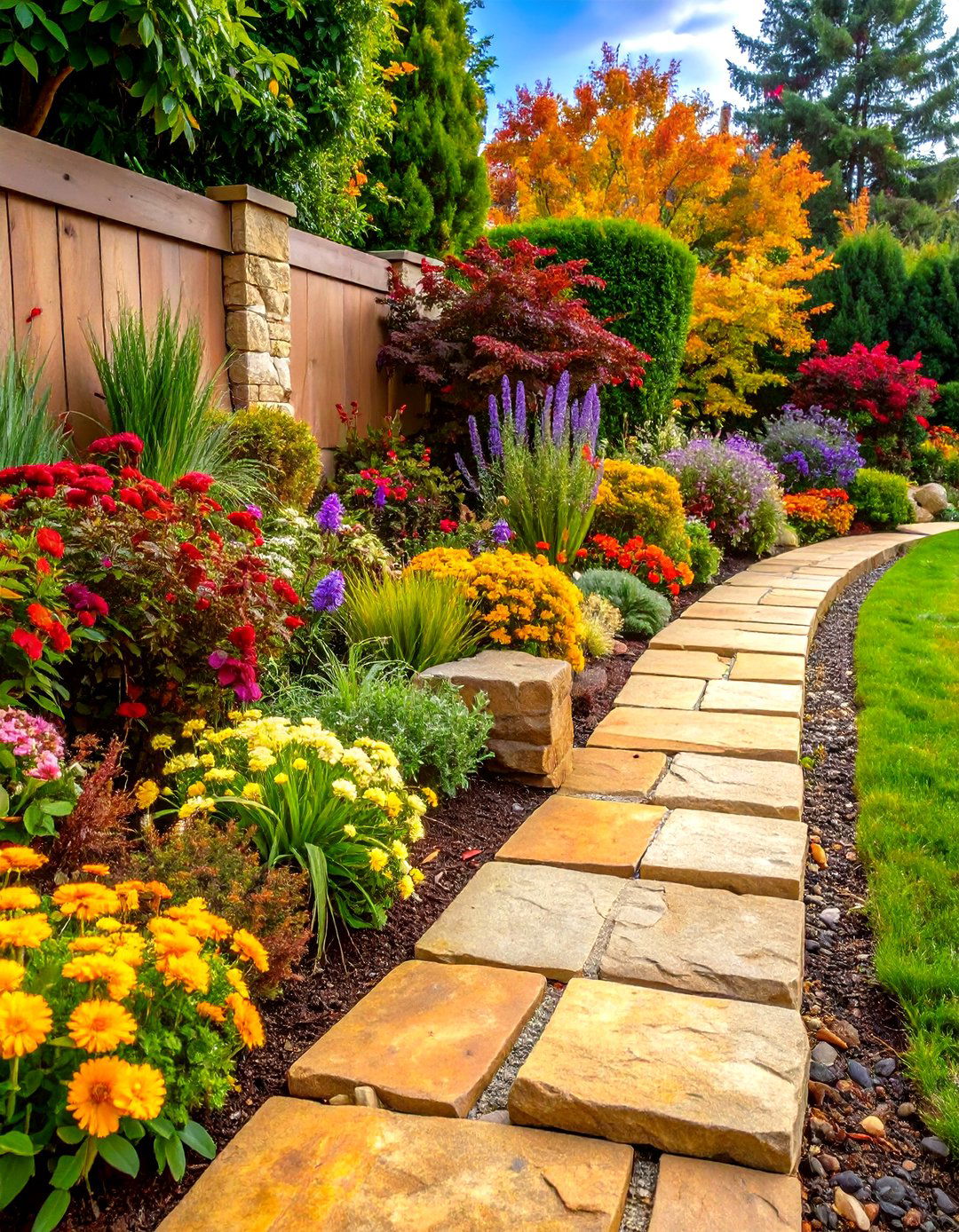
Warm-toned sandstone slabs deliver a welcoming, sun-baked aesthetic. Cut into consistent widths but left with natural edge profiles, these slabs are set upright to define borders. Their porous nature aids water absorption, reducing runoff, and the slabs integrate beautifully with Mediterranean and desert-inspired plantings.
14. Broken Slate Chip Border
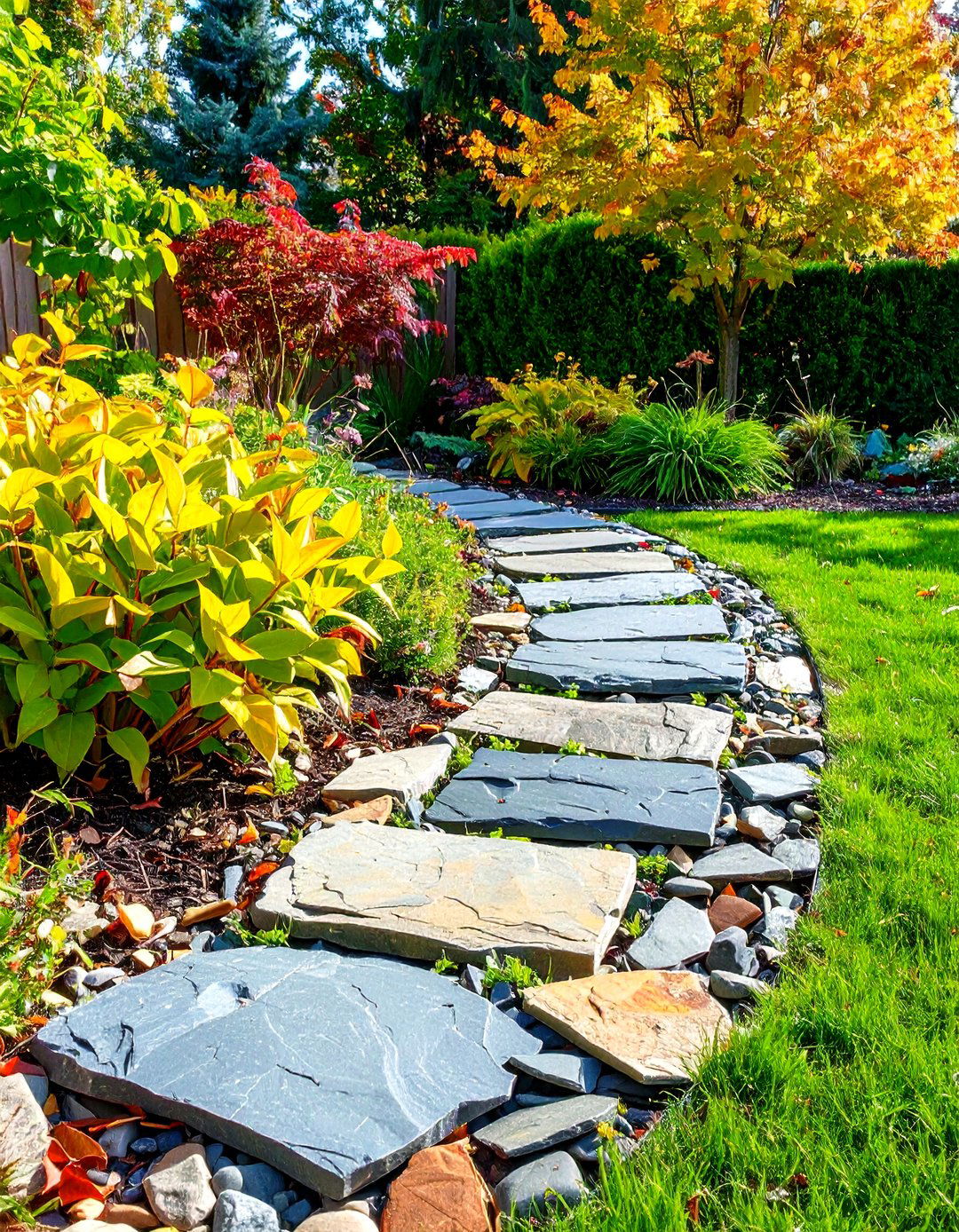
Recycled pieces of slate chipped to irregular shapes create an eco-friendly edging. Poured into trenches along bed edges, the chips self-level and interlock, forming a loose but stable border. This low-cost option recycles leftover materials and provides a textured, angular contrast to soft foliage.
15. Granite Cobble Edging

Smaller granite cobbles—distinct from larger boulders—are set in a single row to form a rounded, bulbous border. Their smooth, dome-like tops resist soil spillage and flower overflow. Placed in sand or mortar, granite cobble edging withstands heavy mulch loads and integrates well with traditional and rustic garden motifs.
16. Stone Pillar Markers

Tall, slender stone pillars installed at regular intervals along a longer border add vertical interest. Often cut from limestone or sandstone, these posts can be left natural or topped with decorative caps. Pillar markers punctuate large garden expanses, guiding the eye and signaling transitions between garden zones.
17. Tumbled Stones
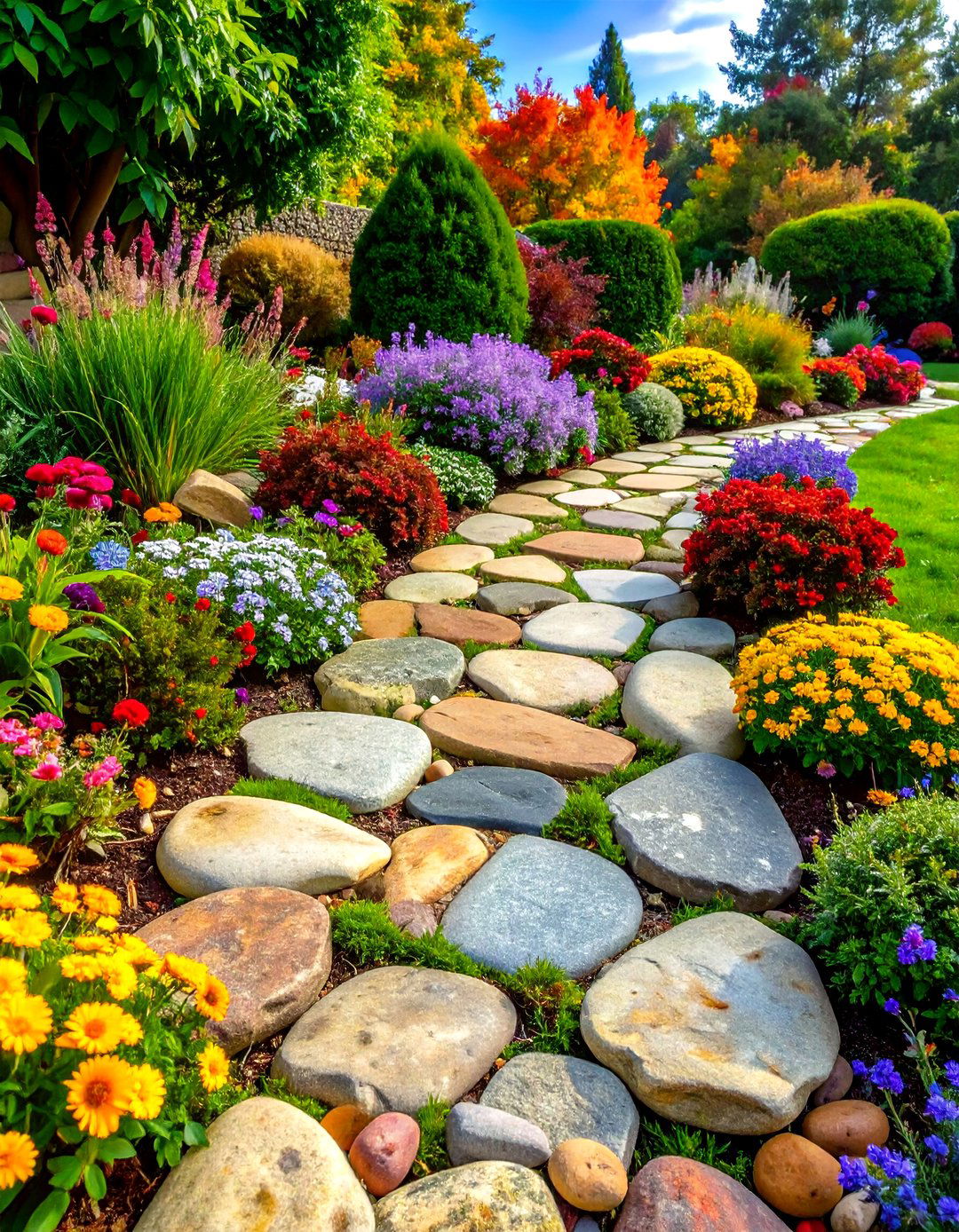
Tumbled stones—stones rotated with grit to smooth edges—offer a softer, weathered appearance. Available in various rock types like travertine or marble, these stones are laid in single rows to create delicate, rounded borders. The tumbling process highlights natural color variations, lending a pastel palette to garden edges.
18. Lannon Stone Edging
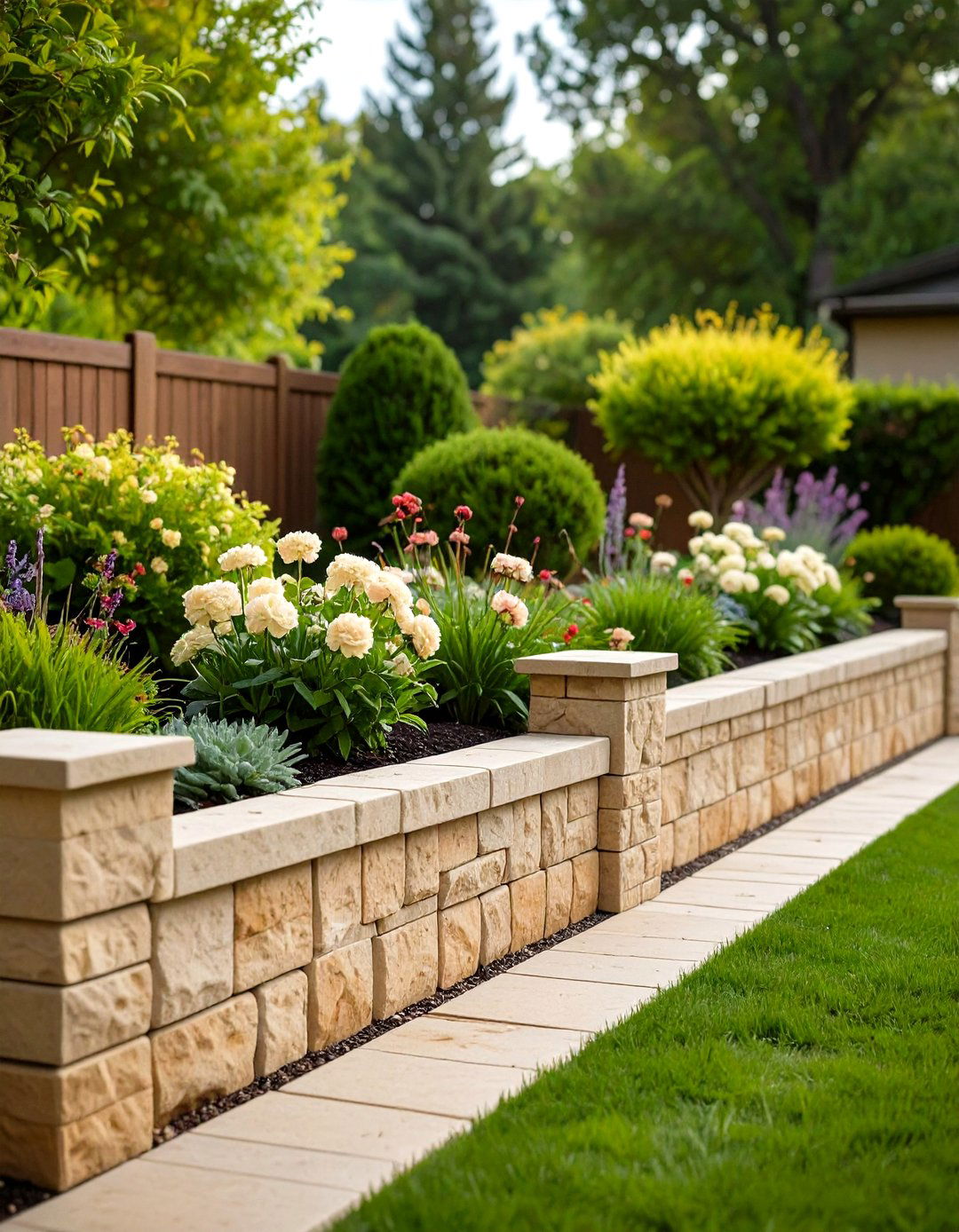
Lannon stone, a dense dolomitic limestone quarried in the Midwest, features warm beige to golden hues. Cut into uniform blocks or split-faced for texture, Lannon stone creates sturdy, elegant borders. Its dense composition ensures longevity, making it ideal for both formal and informal garden settings.
19. Cultured Stone Edging
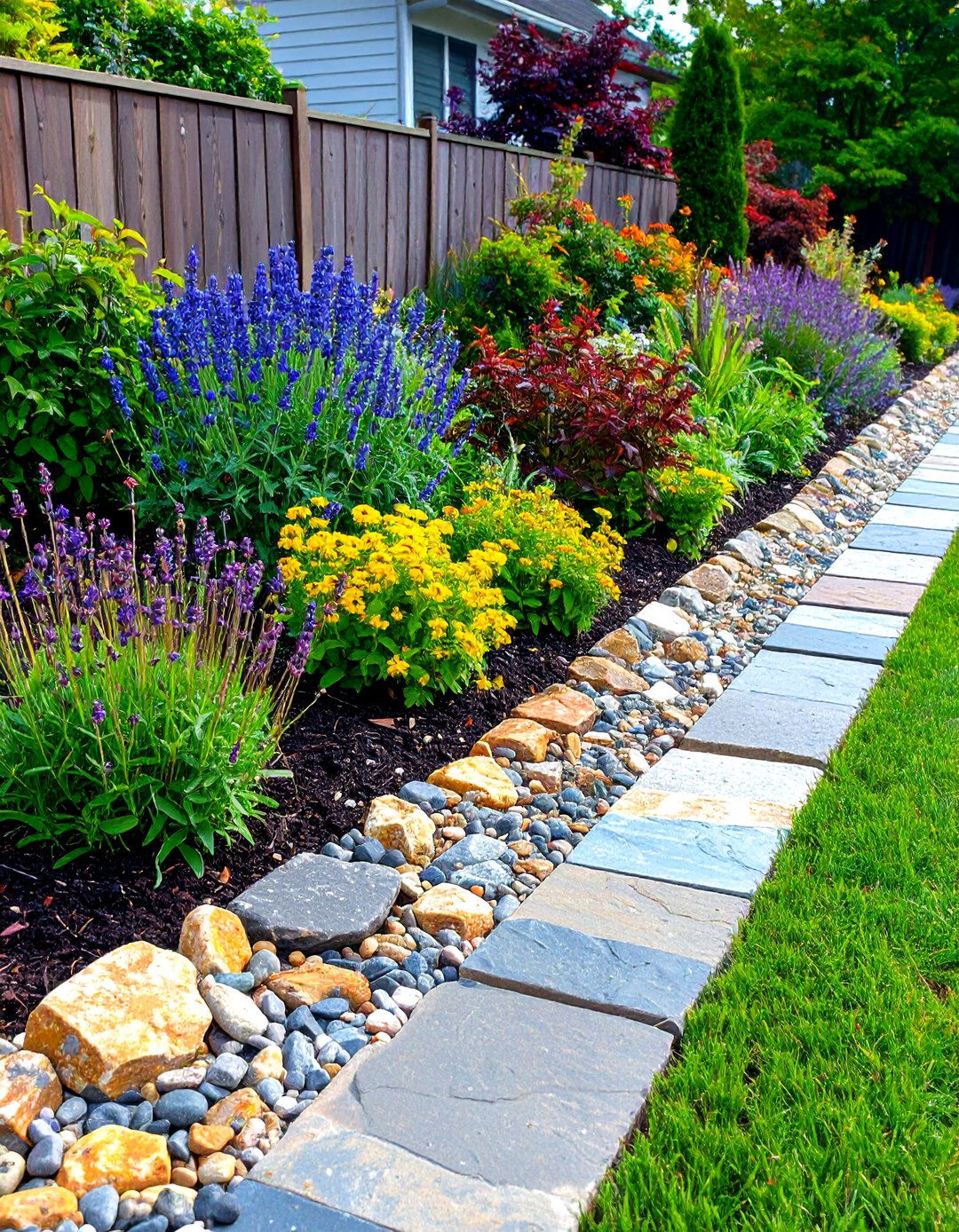
Manufactured stone veneer products mimic the appearance of natural stone at a lower weight and cost. Available in a variety of colors and profiles, cultured stone panels can be cut into thin strips for edging. Installed with adhesive on concrete curbs or compacted base, this option provides consistency and ease of installation.
20. Natural Rock Outcroppings
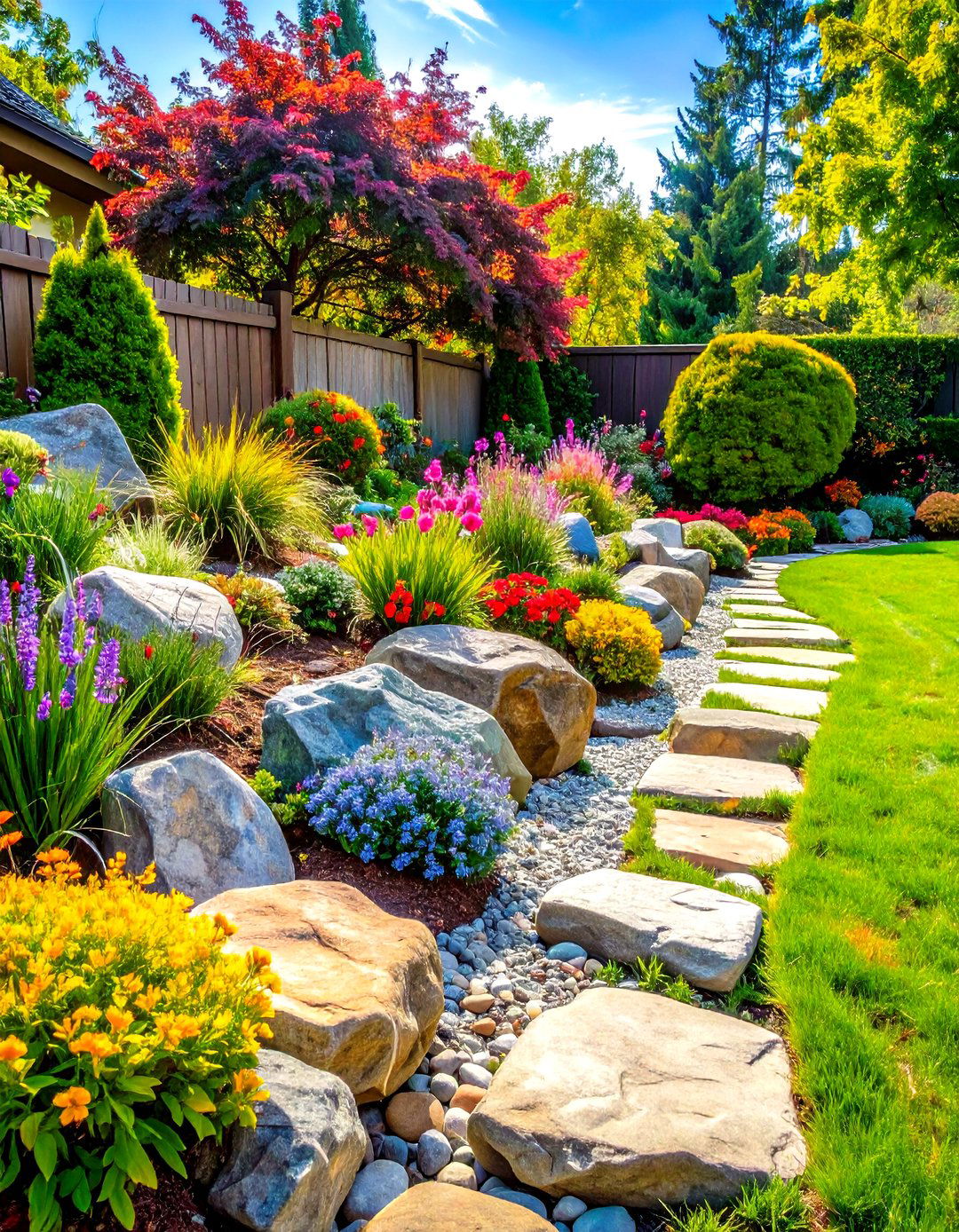
Incorporating existing rock outcroppings as part of your edging leverages the garden’s natural contours. Trim surrounding soil to expose ledges and flat surfaces, creating inherent borders without added materials. This minimalist approach integrates the landscape’s geology, offering an authentic, site-specific edge.
Conclusion:
From smooth river rocks to precision-cut granite, stone edging offers endless possibilities to define and beautify garden spaces. Whether you prefer informal, rustic borders or polished, contemporary edges, choosing the right stone type and installation method will enhance both the aesthetics and functionality of your landscape. By thoughtfully selecting stone edging that complements your garden’s style and soil conditions, you can create enduring borders that elevate your outdoor environment.


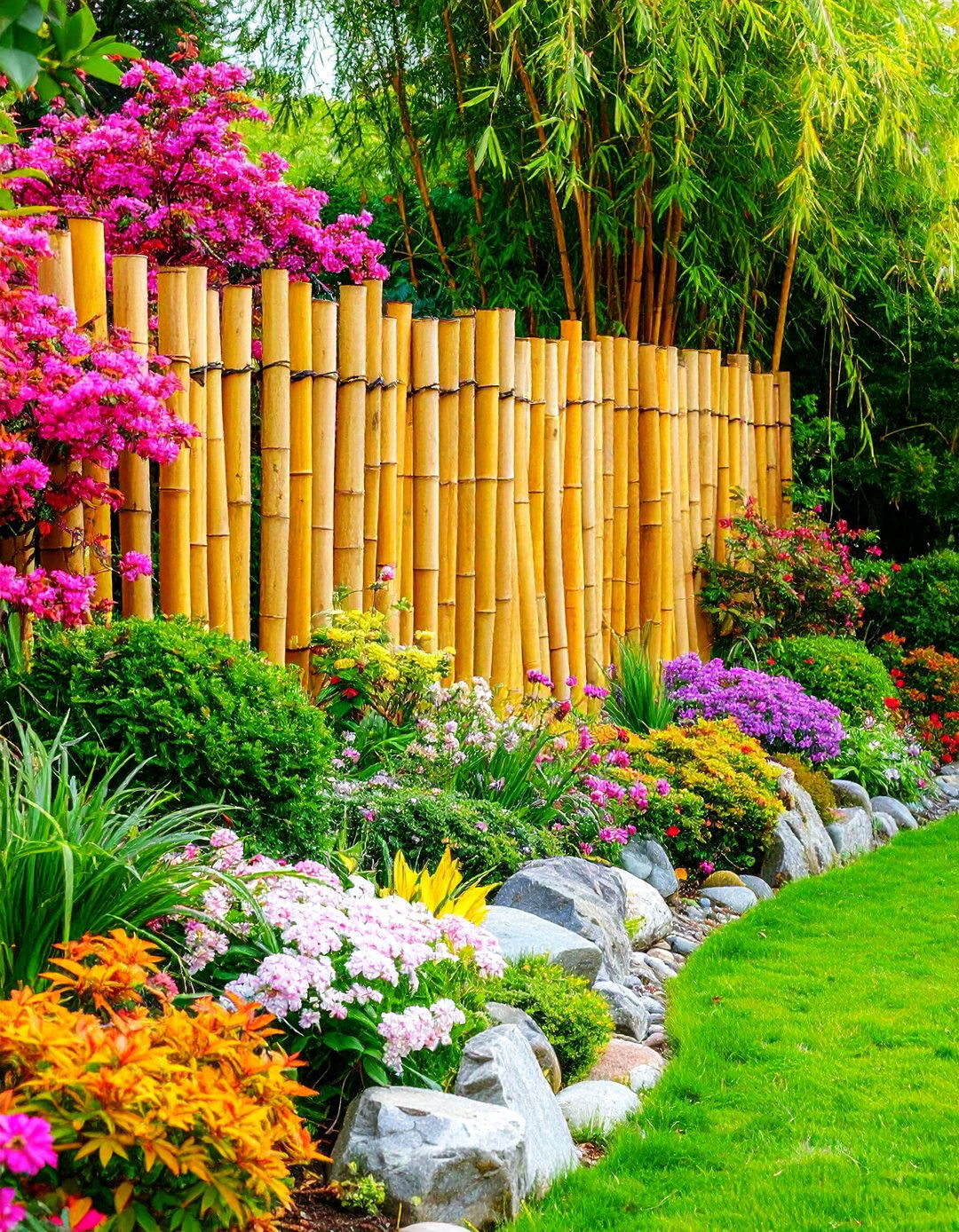
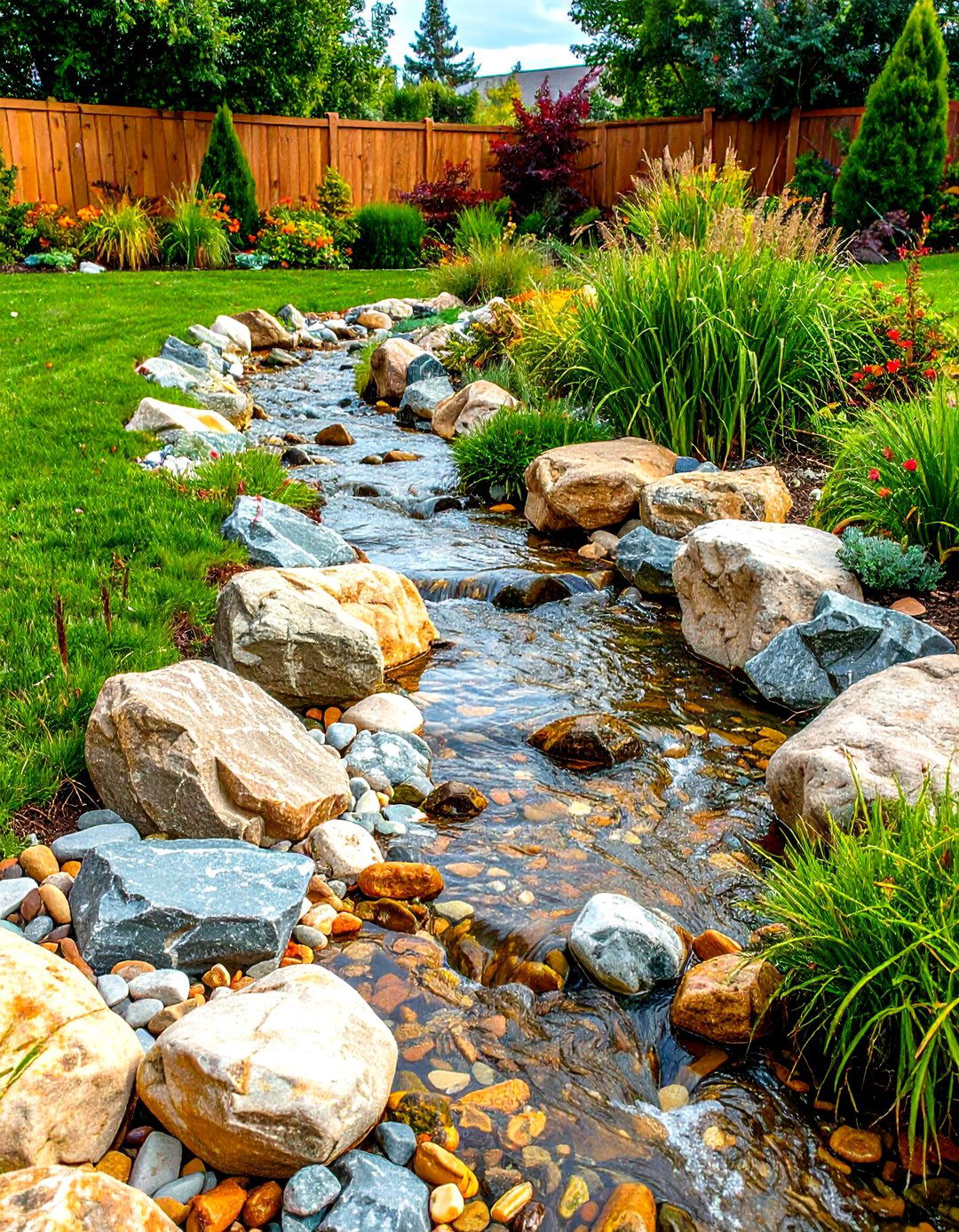

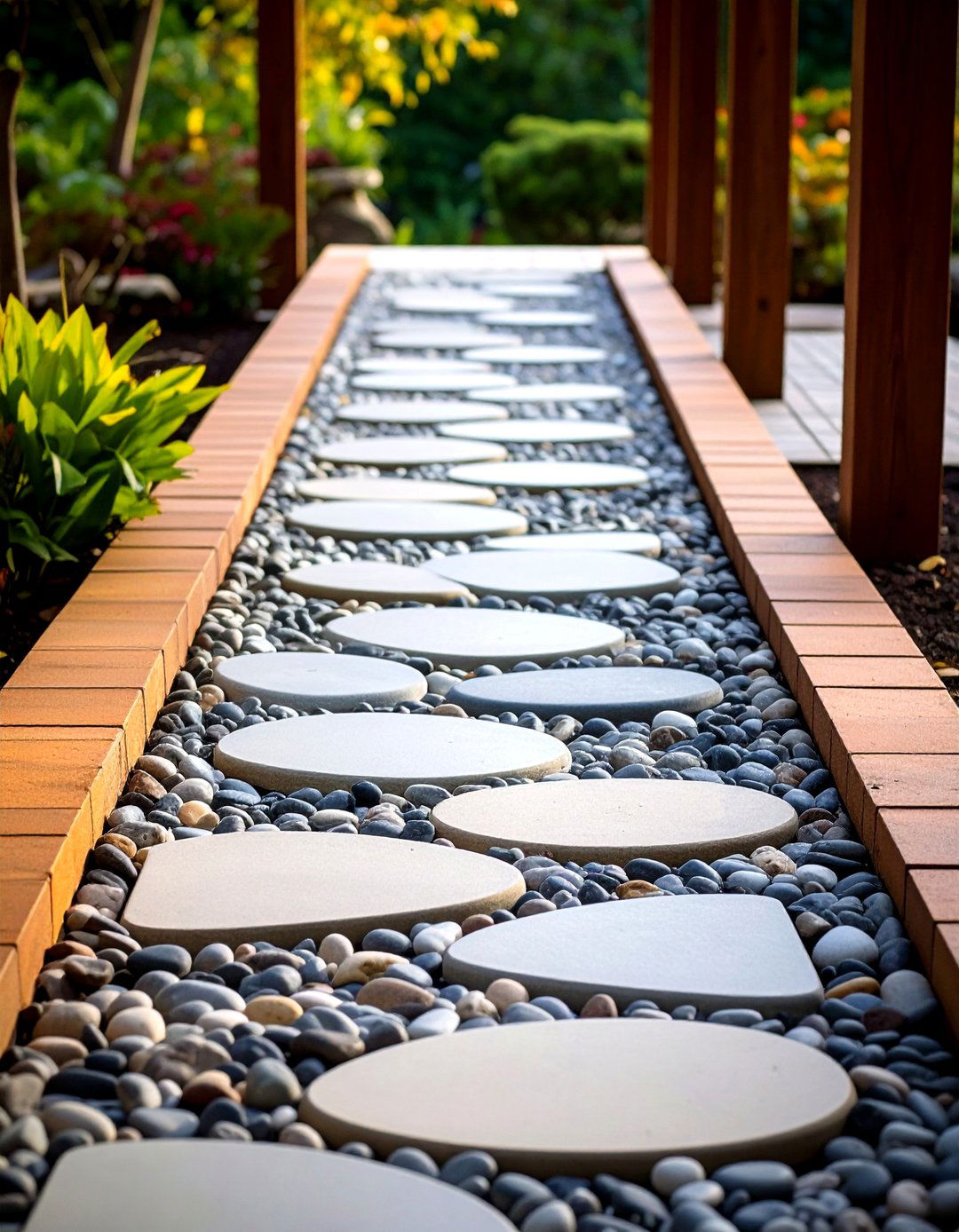
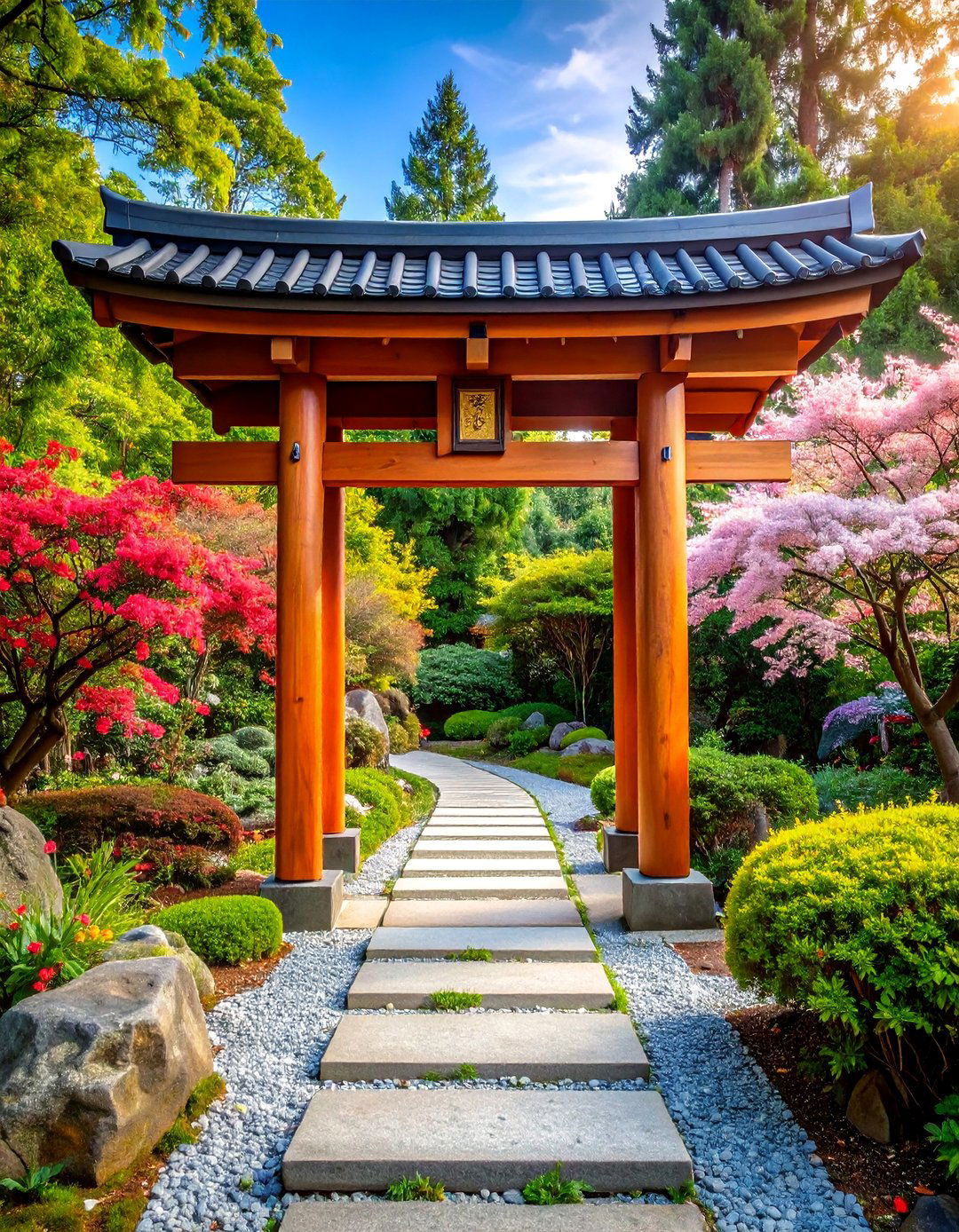
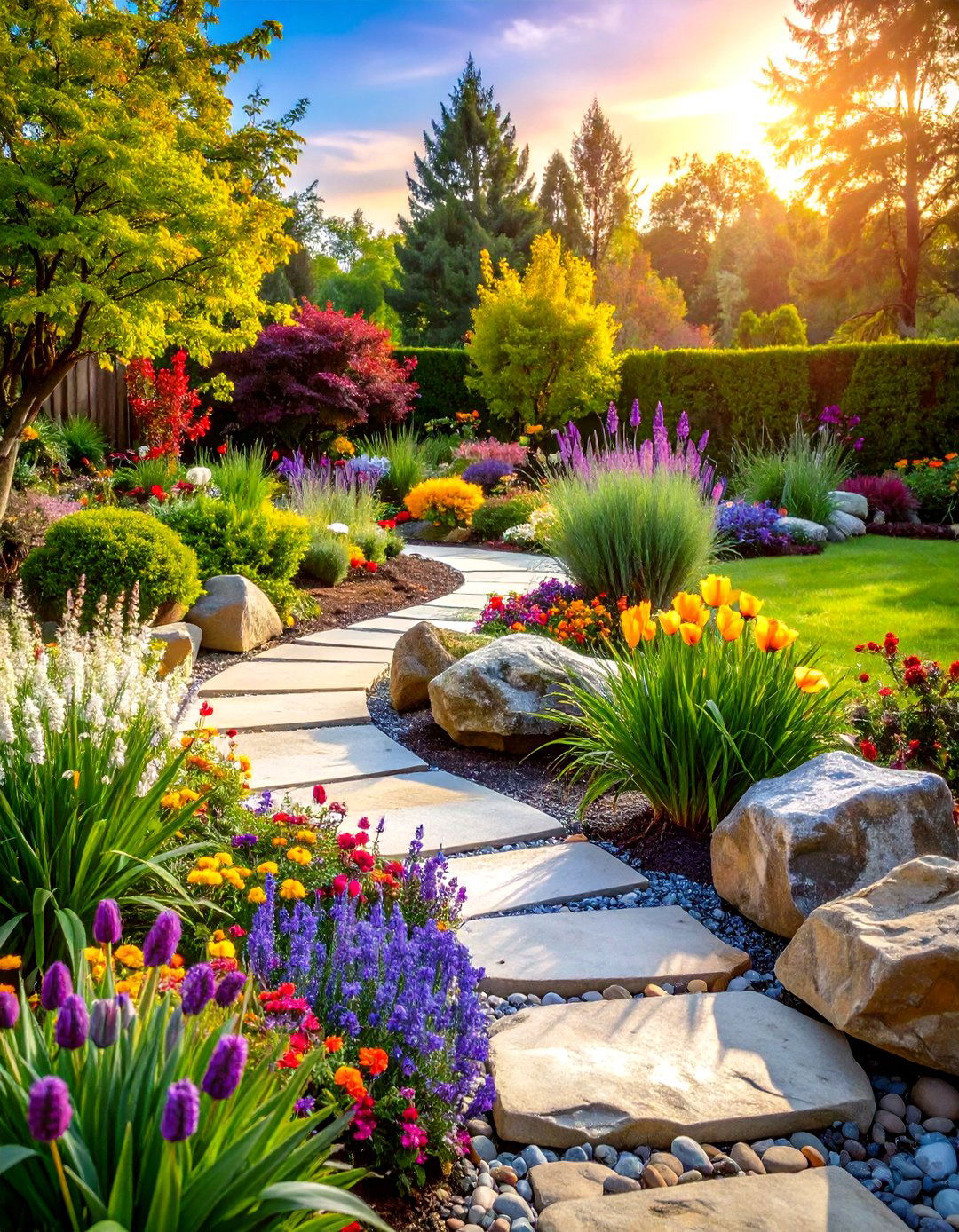
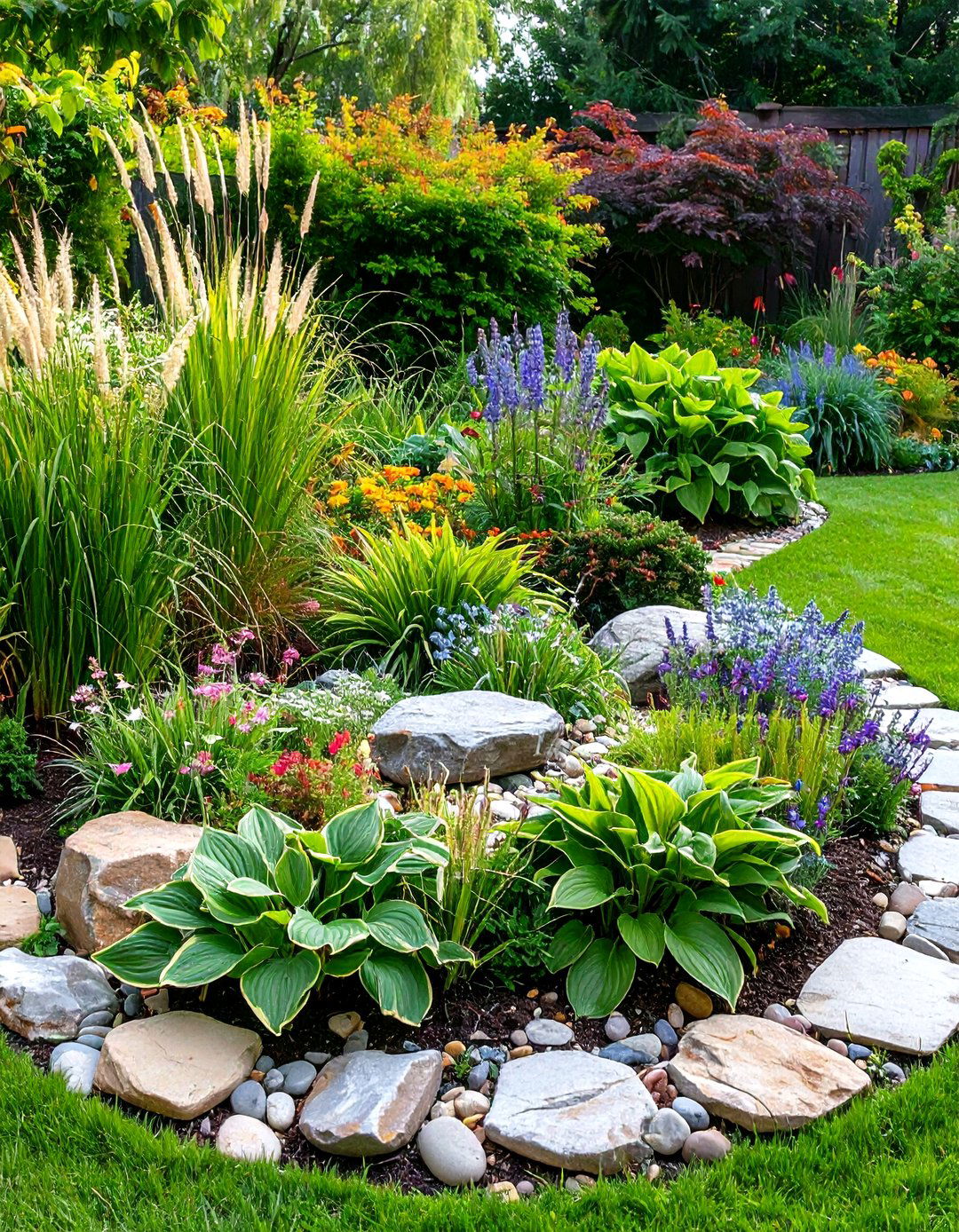
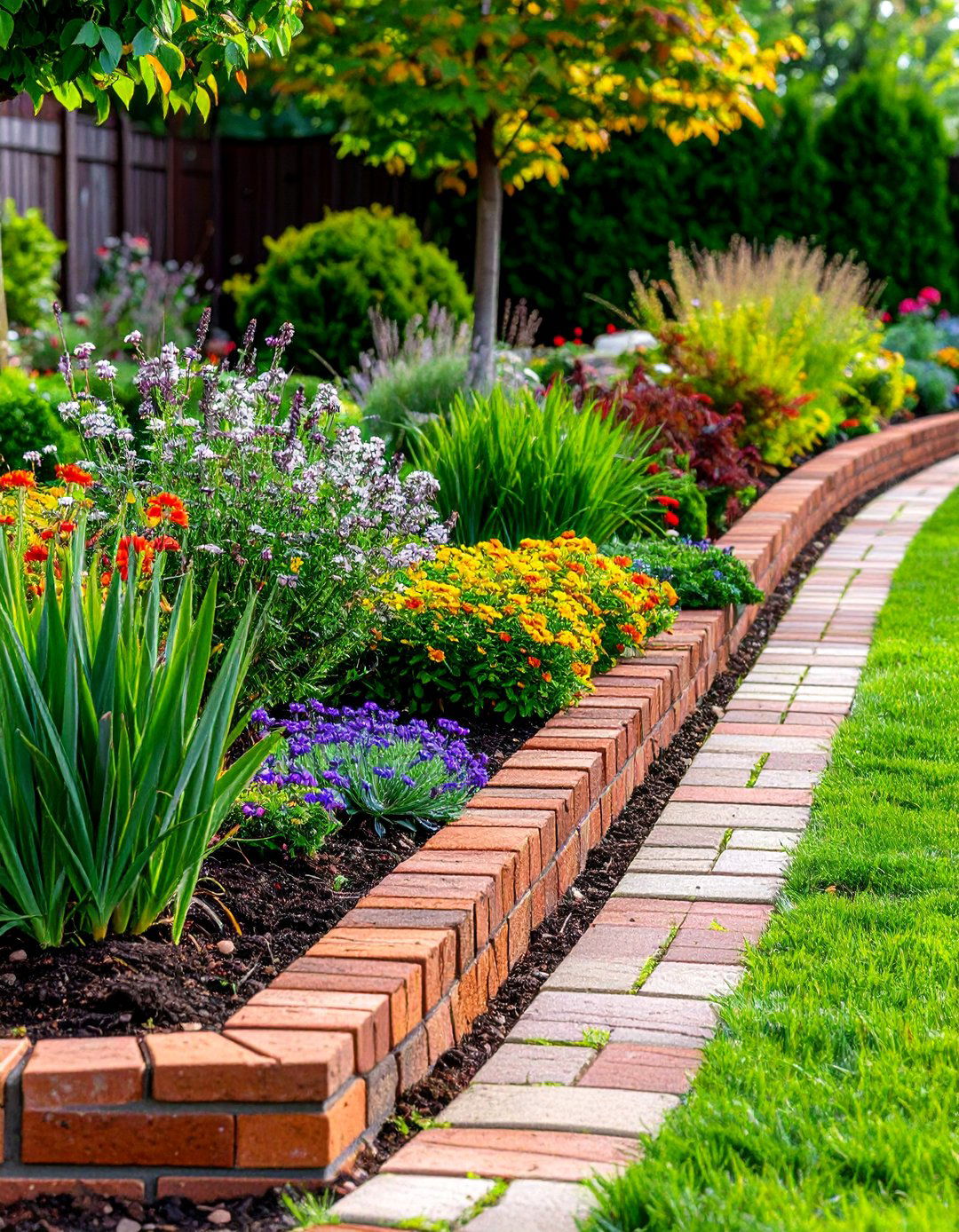
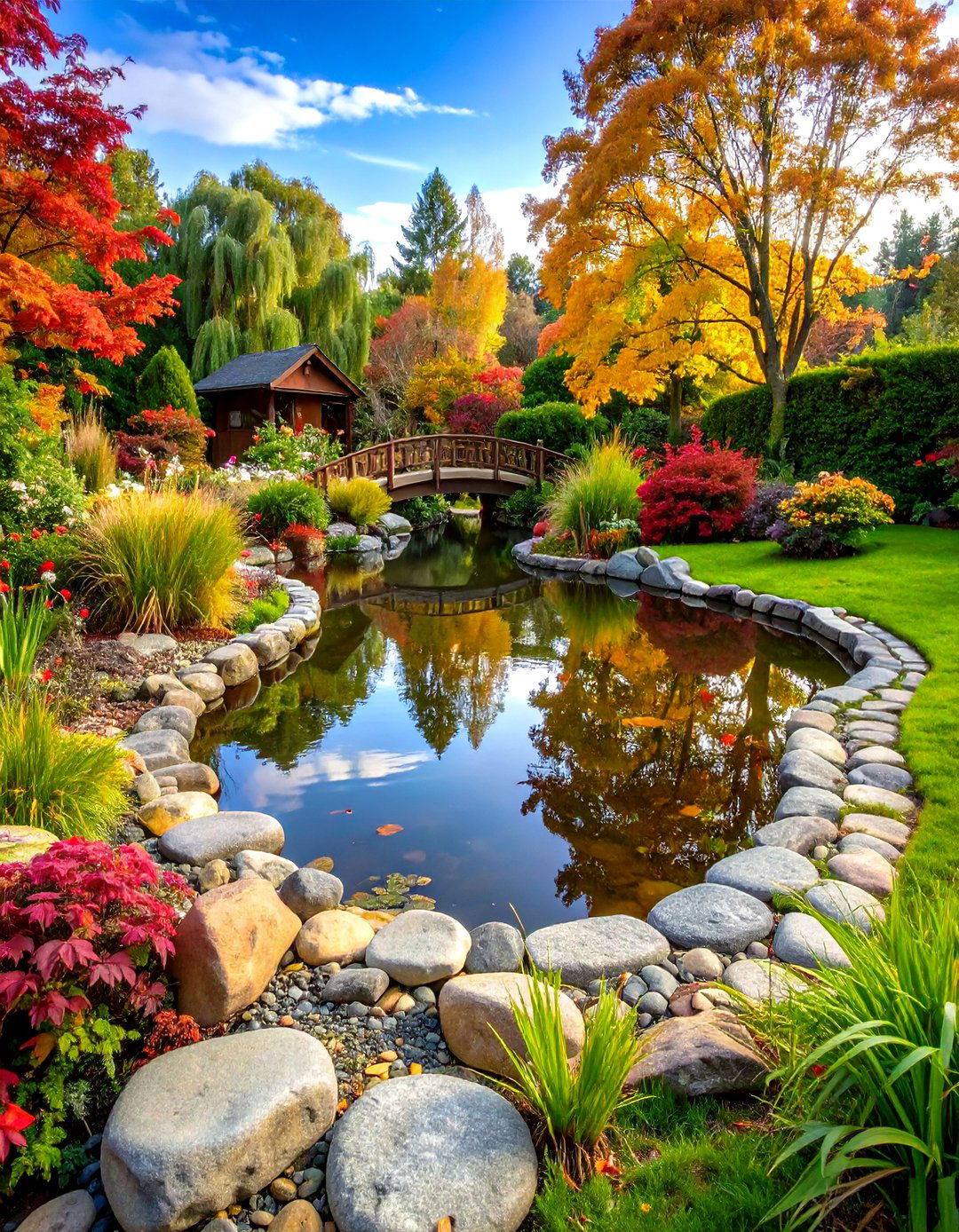
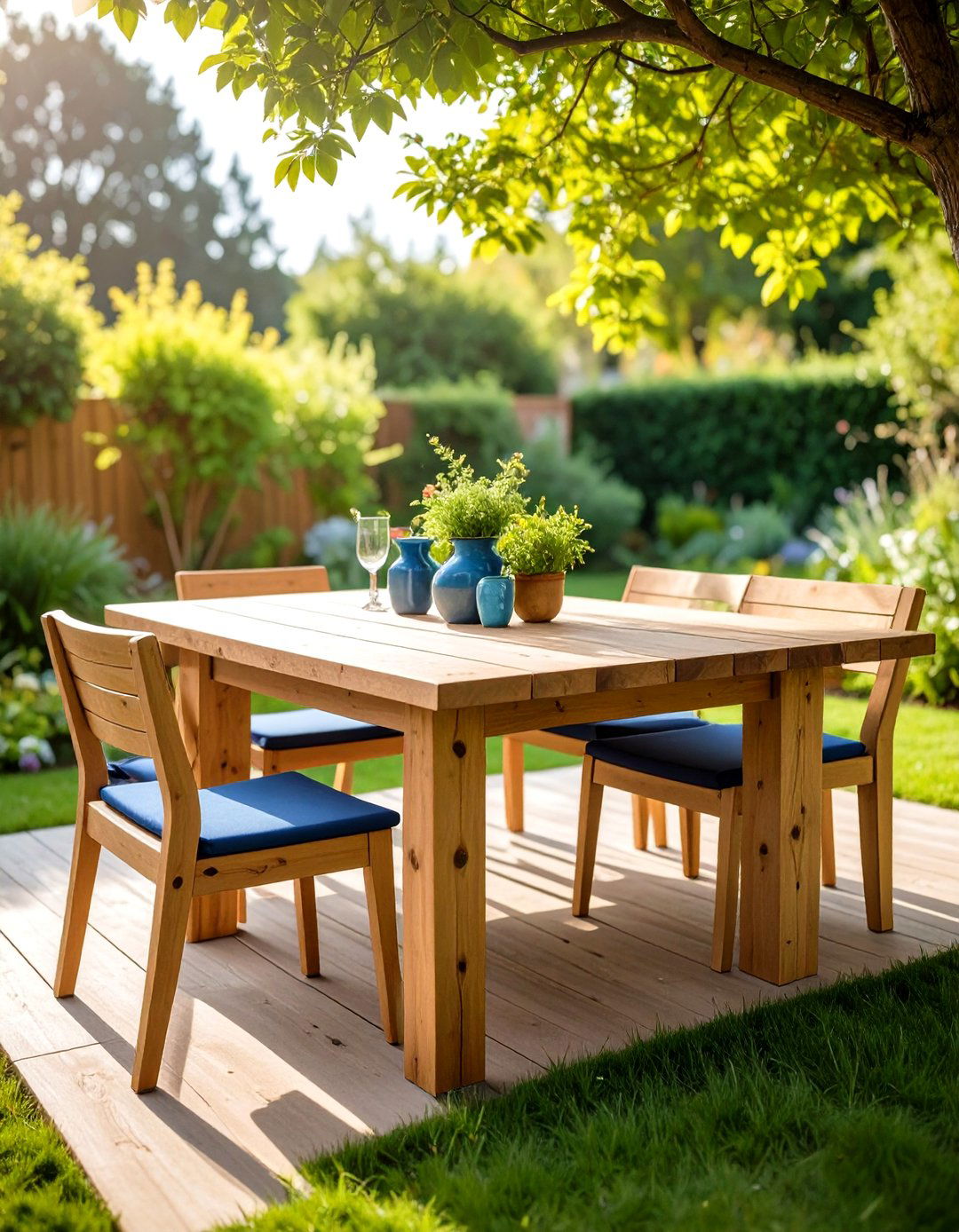
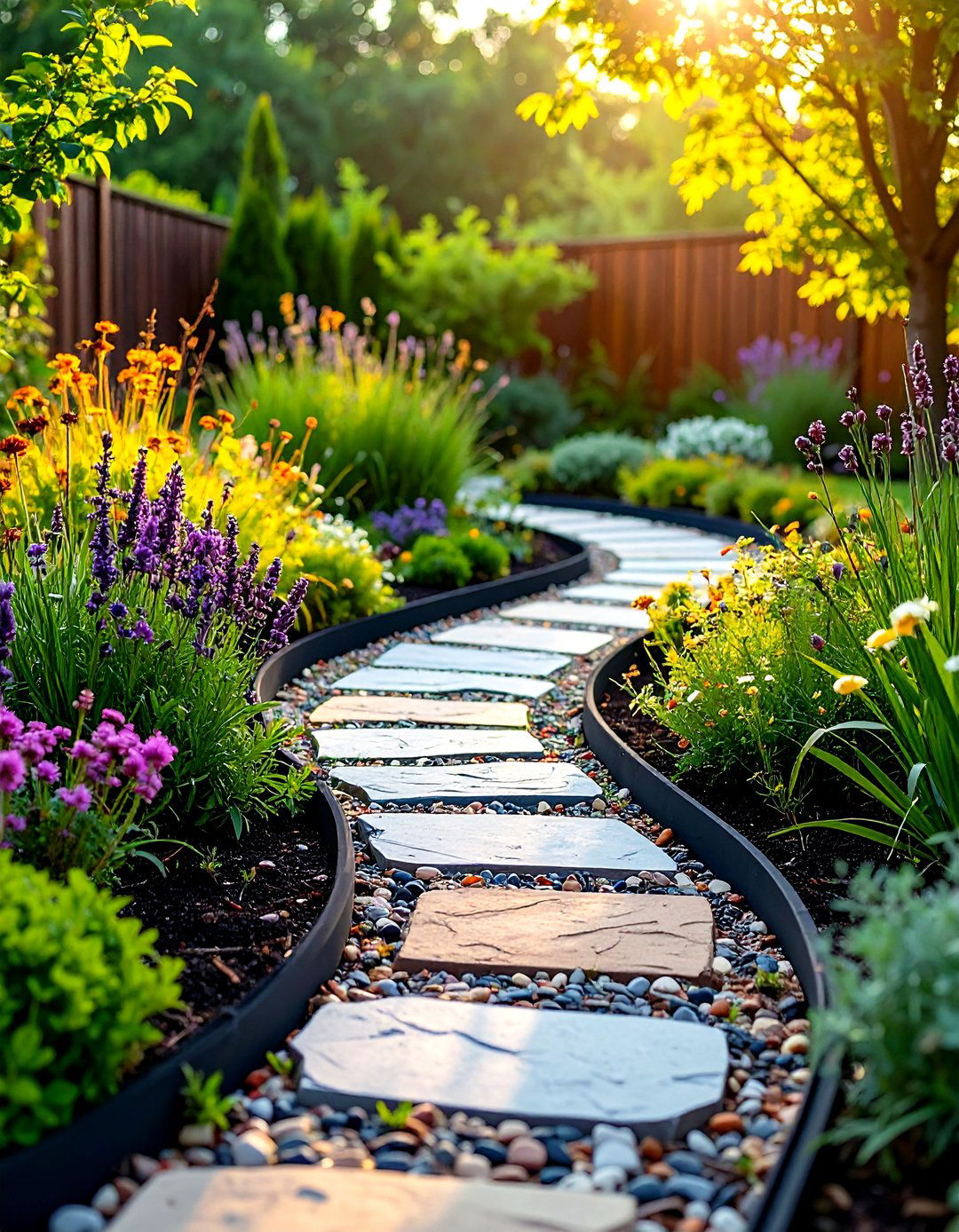
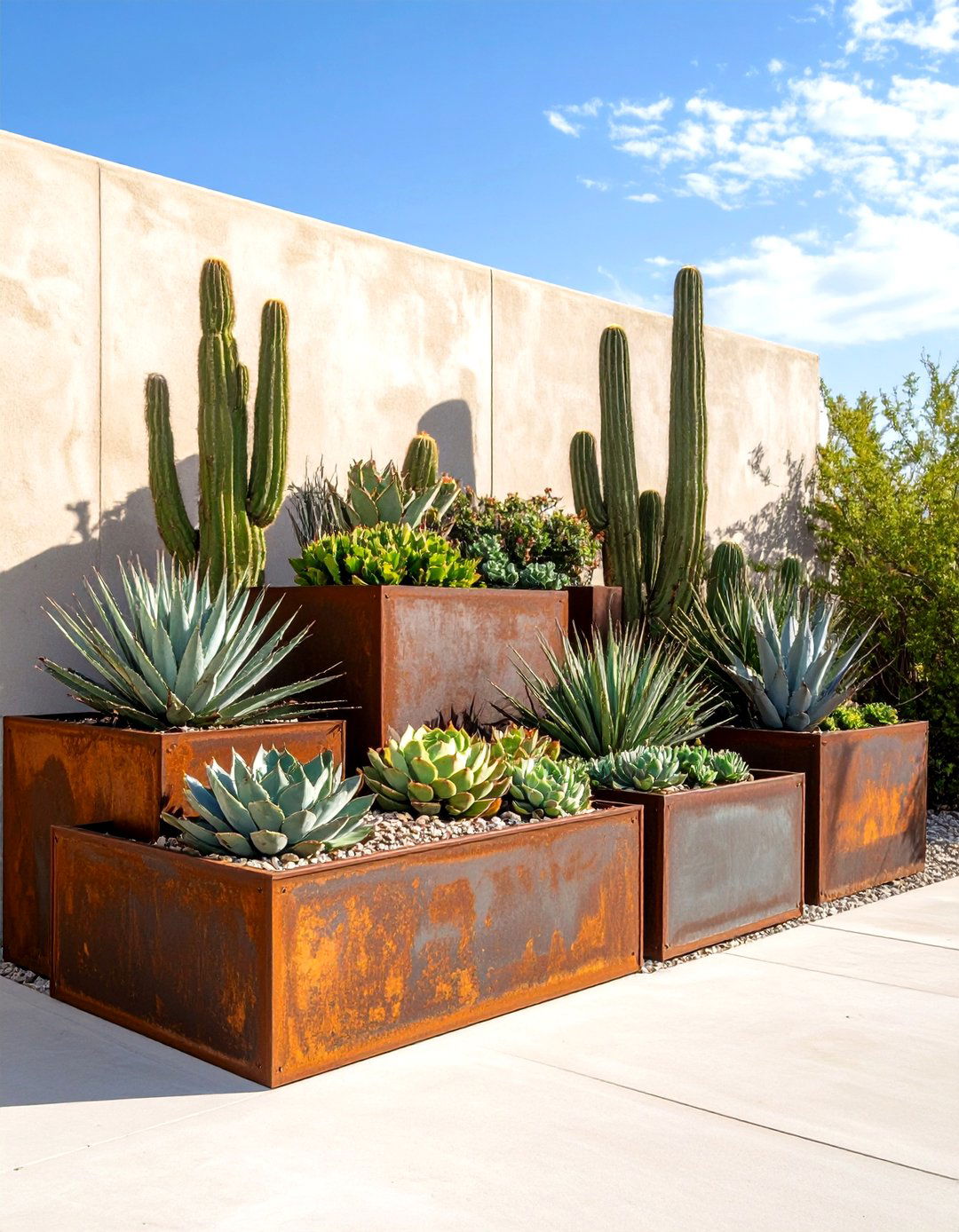


Leave a Reply